HALLOWEEN II (1981)
It's 1981. It has been 3 years since Michael Myers made a huge splash on screens everywhere. Fans everywhere are clamoring for a sequel, but creators John Carpenter and Debra Hill refused to venture into the territory. Carpenter finally gave way and began to throw out ideas for the sequel. The initial plans were for it to be set a few years after the original and have Michael Myers track Laurie to her high rise apartment, but the idea was scrapped. Finally, Carpenter caved while out drinking and crafted the story for the sequel. He and Hill worked out a screenplay, but Carpenter refused to direct, claiming, "I had done that film once, and I really didn't want to do it again." After viewing a short film called "Toyer," John Carpenter picked Rick Rosenthal to hand the torch to.
Rosenthal took the film to heart and tried to craft a suspenseful thriller much in vein of Carpenter's original film. His intent was to make it feel much like the second half of one film. He may have succeeded, but Carpenter saw his rough cut and stepped in, filming many gorier sequences, succumbing to the 1980's horror style. Rosenthal was not pleased with Carpenter's changes, claiming that "he ruined my carefully paced film." Rosenthal's version to this day has not been seen, but there is a television version which can be assumed to be CLOSER.
On October 30, 1981, the film was released to much commercial success, though not even close to as much as the first film; and much critical searing to go along with it. While critics rip the film to shreds, many fans clung to it as a great sequel. Notably, future Halloween scribe Alan McElroy. Today, many fans still hold it as one of the highest up sequels in slasher history. Let's take a look, and see if it holds up.
"Michael Myers is twenty-one."
"A girl was killed in Haddonfield."
"The little kid who killed his sister?"
Uh ... ouch!
"Screeeeeeech ... CRASH!"
RATINGS
Story - 90
Picking up precisely where its predecessor left off, Laurie Strode is taken to the local hospital. However, the inhuman Michael Myers is still very much alive and out for more thrilling kills as he stalks the deserted halls of the hospital where his terrifying target lays waiting. As he gets closer and closer, Dr. Loomis discovers the chilling secret behind the crazed psychopath’s actions.
Atmosphere - 92
What a choice Carpenter made … to place this film inside a hospital. It starts out as a dark enough location before the power goes out, which plunges this hospital into a beautiful color pallet of numerous dark colors, aiding to the use of shadow to hide the villain. There are a few shots where light from outside the hospital is leaking in the window, which drenches that respective room in a nice light blue color. The shots outside towards the beginning of the film don’t really help, and they don’t take much away. The rest of the night shots are plunged in black, void of any color filter, giving it a great cold feel. There’s also a nice morning scene at the end which is grey-ish and drowned in a nasty fog … wonderful.
Acting/Characters - 87
This was the early 1980’s. In other words, the acting isn’t amazing. On the plus side, it’s very solid for an early 80’s horror film. Donald Pleasence is brilliant again, Charles Cyphers delivers solid as a rock (for the few minutes he's involved), Hunter Von Leer steps in to replace Cyphers’ character and does a great job, Lance Guest is incredibly likeable in his role as an orderly, and many of the nurses deliver on their end. Jamie Lee Curtis is solid in her part, but she’s not given much to do besides lay around and crawl/limp on one leg.
Pacing - 85
The film doesn’t quite keep the action bustling along like its predecessor did, as we hit a few dead moments, but for the most part, it’s pretty solid. A lot of the scares are spaced out just a hair too far to make way for the drama/romance angles that were worked into the script. Thankfully, one of those romance angles turns into a disaster once the scare arrives to save the day. On the plus side, nearly every moment that Dr. Loomis is on screen is quite lively, and help to keep things moving.
Music - 87
Halloween series, meet ALAN HOWARTH. Alan Howarth worked closely with John Carpenter on the score to the film, which kicks off with a sparkly new version of the now iconic Halloween Theme. This time it’s played on a synthesizer, which many fans claim to have given the cue a more “gothic” feel. I can’t argue that it makes it a bit darker sounding, but it doesn’t quite compare to the chilling piano found on the 1978 original’s score. The film also makes large use of Laurie’s Theme, as well as an interesting choice of “Mr. Sandman” by the Chordettes. Some question it, some love it. I purely see it as an interesting choice.
Cinematography - 94
The film is shot once again by Dean Cundey… let me just say that the man is a GENIOUS. He again uses neat little shots to keep an eye on Michael Myers as he trudges his way through Haddonfield Memorial. One of my personal favorites of the series - one of the nurses comes looking for the missing security guard and he’s nowhere to be found. She wanders out through a door to look for him as the camera pans down to the security monitor to show Michael walking down a hallway and entering a room. Cue the nurse, who comes back looking for the security guard, as if he’s shown up in those few seconds. She leaves off screen and we pan back down to the monitor, where she shows up in the same hallway that we just saw Michael in. Brilliance!!! Let’s not skip around it - no one shot horror better in the 80’s than Dean Cundey.
Dialogue - 92
The dialogue from most characters does its purpose and drives the film along. One big note is the fact that Laurie Strode barely speaks a complete sentence during the entire runtime. However, the dialogue from many other characters comes across believable and sometimes very funny. Leo Rossi’s Bud character is one example. At one point, he sings his own version of “Amazing Grace” and it’s hilarious. He also pushes his character across as the sex obsessed character, and for some reason, it comes across as believable dialogue. On that note, most of the dialogue in the hospital works to good effect, as all the hospital personnel are relied upon to drive the story forward. I’m not sure what John Carpenter was thinking by all of a sudden having the Loomis character ranting and raving after he was completely calm when we last left him in the first film. This time around, he’s screaming and shouting in a completely ridiculous manner, but I guess that’s just another thing we love about Dr. Loomis.
Effects - 90
The big effect comes during the therapy pool scene, and it’s convincing. A character’s skin is completely scalded, and supposedly they just used Vaseline. It creates an incredible look of skin burnt and peeled. There are also needles penetrating skin and a few blood gags, which all look great on screen, even though the original was nearly blood free.
The Shape/Michael Myers - 89
Dick Warlock would play the character for the sequel, and takes almost nothing from Nick Castle’s performance in the film previous to him. Dick walks much slower and stiffer, but does bring with him the heavy breathing and the iconic head tilt. The slower walk, some will argue, can be blamed on the fact that the character was stabbed and shot to end the first film. The Shape in this film is much different from the one in the first film in quite a few ways. This one doesn’t stay hidden in the shadows as much as he did before, but instead prowls through a lighted hospital. This killer also has a motive now, something he didn’t have in the first. To be honest, it’s not quite the best motive they could have come up with, but what’s done is done, and it laid the groundwork for some of the sequels to come, which is something I myself can’t complain about.
Scares - 90
The film utilizes a few false scares, like a cat jumping out at a character. However, the film would also fire back strongly with a few Shape scares, like the Shape bursting out at a victim, or appearing behind a door all of a sudden. Most of them are accompanied by musical stings like they were in the first film, to great effect.
Lead Character - 92
Once again we have Laurie Strode, whom I have no issues with. What I do have an issue with, however … is the fact that she barely completes one sentence the whole film. Her lines, as aforementioned, are dumbed down the one or two words that don’t help push her character along very well. Besides those points, she’s bedridden due to the events of the first film. Well, that’s a good way to keep her interesting. Oh wait, she gets out of the bed, trying to hide from Michael Myers. Great! She’s back. Ugh, she runs into yet another facepalm when Dr. Loomis arrives and she can somehow NOT summon the energy to scream to alert him to her. Well, damn. Oh look, after he gets in the hospital, she SCREAMS. Excellent. Well, this is a mixed bag of Laurie Strode, but she’s a good enough character to rate pretty high.
Kills - 94
The kills in the film fall subject to the early 1980’s blood gag kills, which all tried to top each other. Where as in the original, The Shape used very simple methods to take down his victims, this time he has numerous tools at his disposal. Among them are his chosen favorite, the scalpel. He utilizes the slit throat a few times, drains a victim of blood, stabs one with a needle, stabs one with a needle in the EYE, takes a hammerclaw to one’s head, and also stabs one in the back with a scalpel, proceeding to lift the victim from the floor using the scalpel, before the victim crashes to the floor.
TOTAL POINTS - 1082/1200
OVERALL - 90 (90.16)
Well, look at that. A very strong part II. It remains one of my favorites in the series, and holds the same right in the hearts of numerous Halloween fans. The film would help to launch Halloween to unseen heights, and would bring forth another sequel just a year later, but we'll get to that.
The film features many of the Halloween signatures while venturing further into gory slasher territory that really started with the hordes of slashers inspired by this film's predecessor. How ironic. However, it's dark and chilling enough to be considered a strong film, and a strong film it is.
Until next time, The Nightmare Isn't Over
Michael Myers, watching silently from the shadows.




















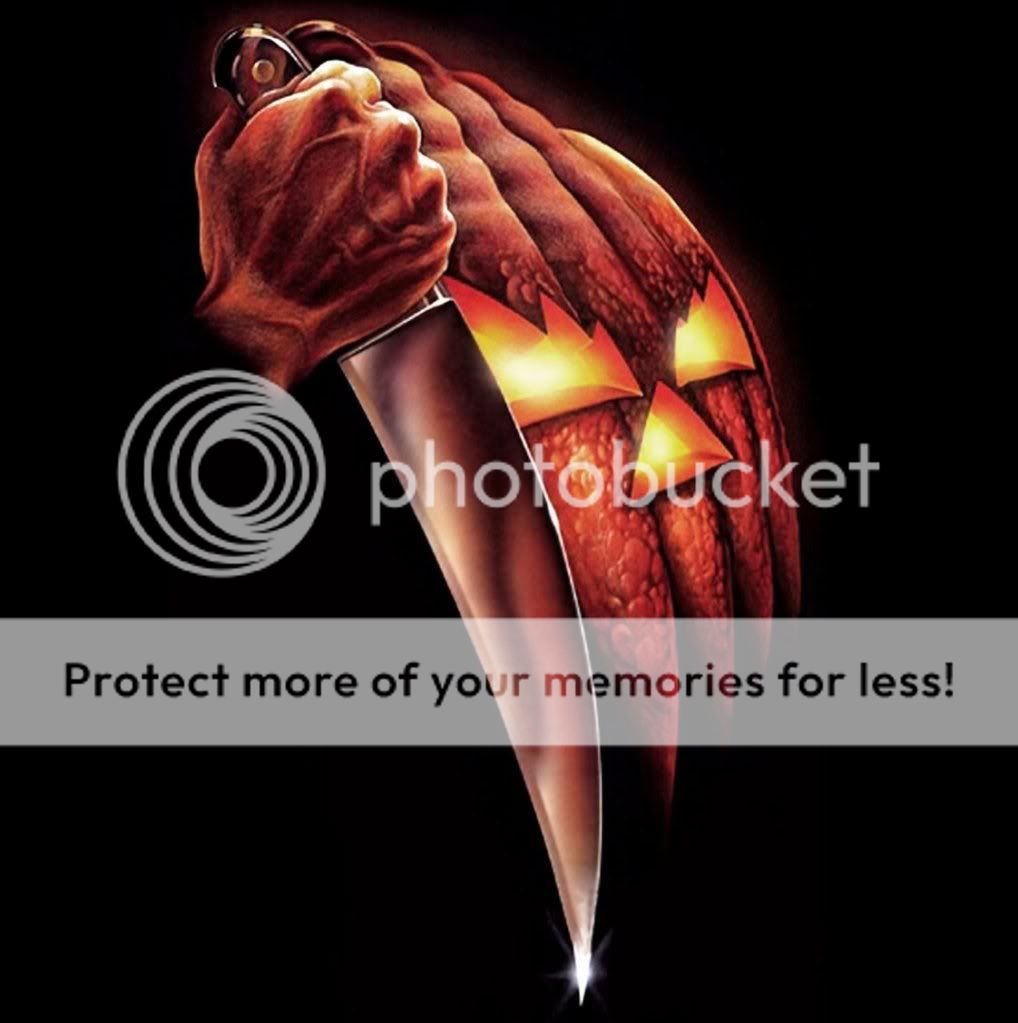
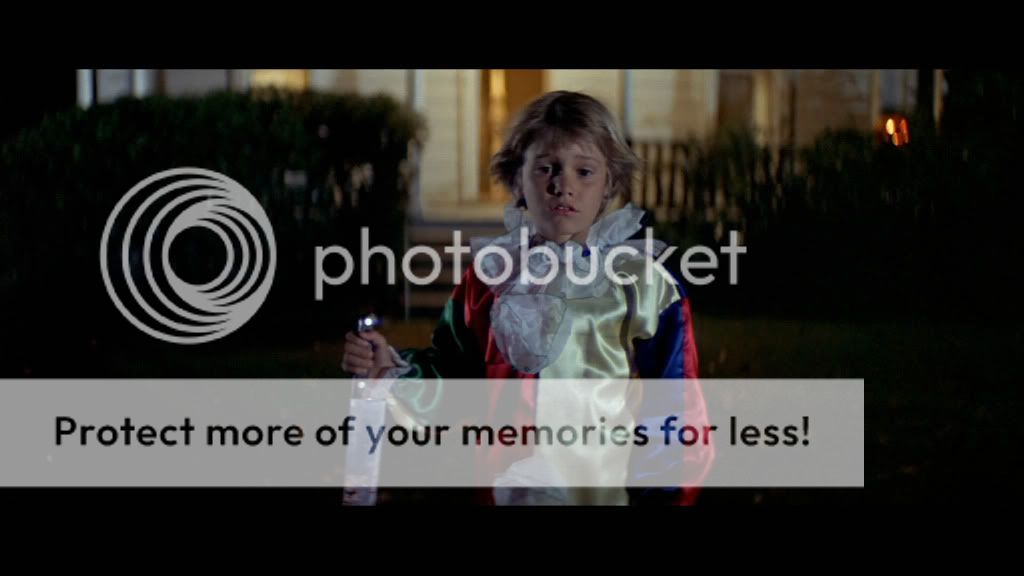
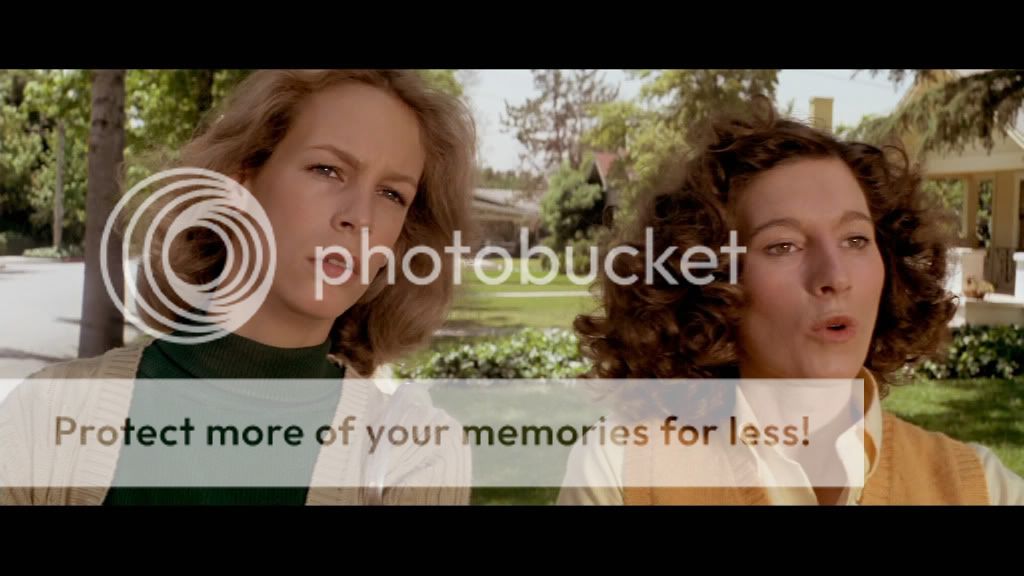
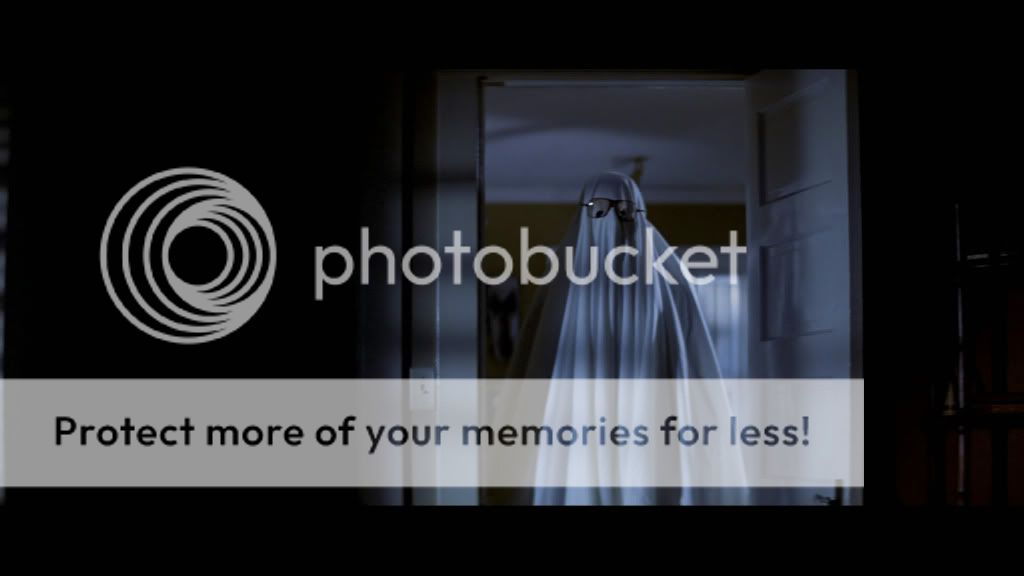
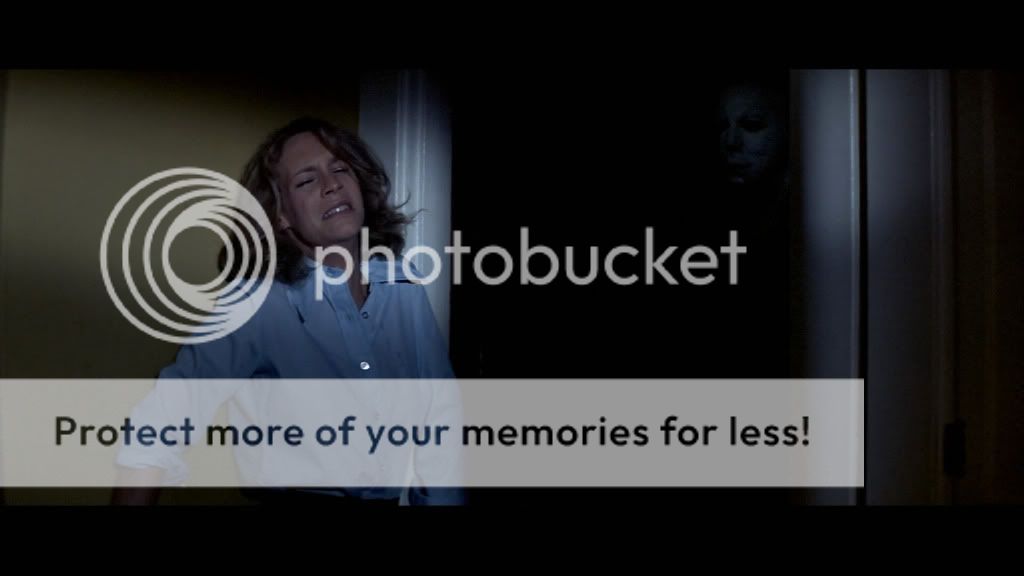
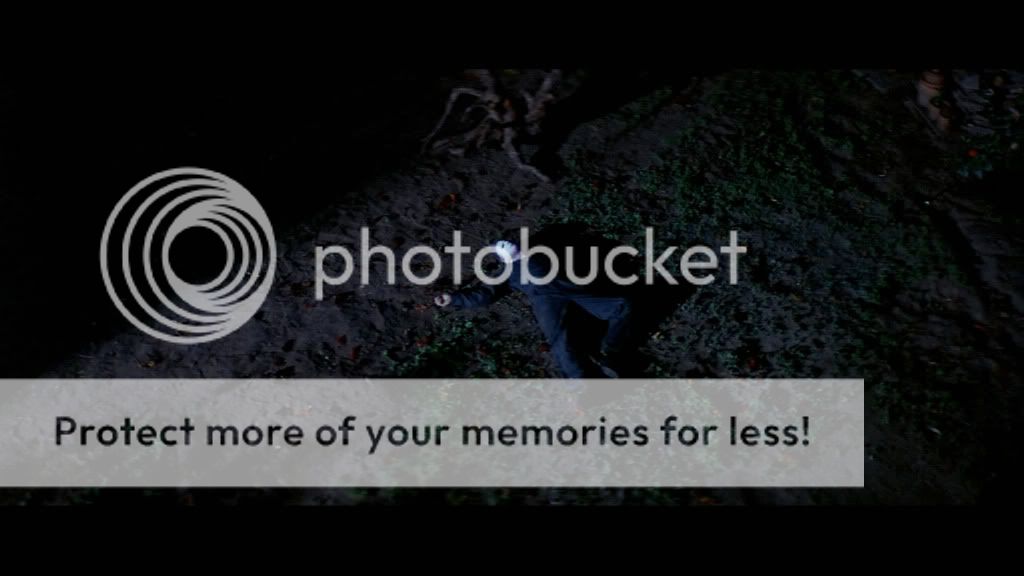

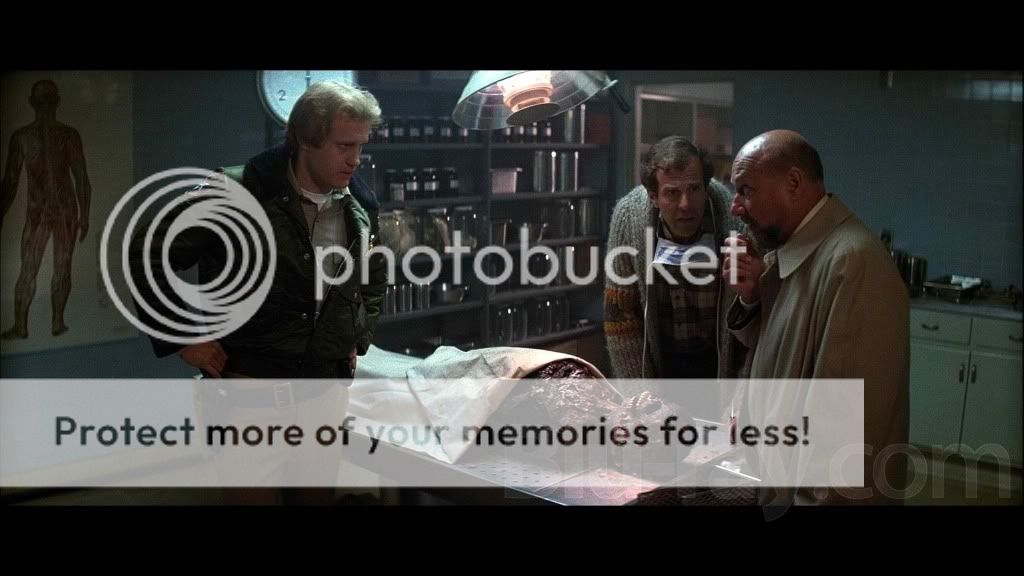
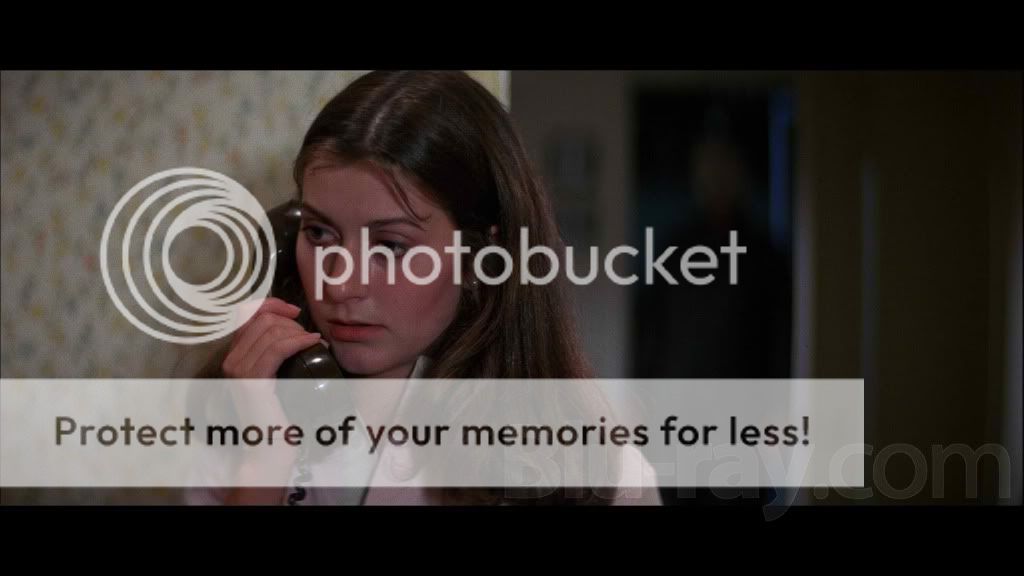
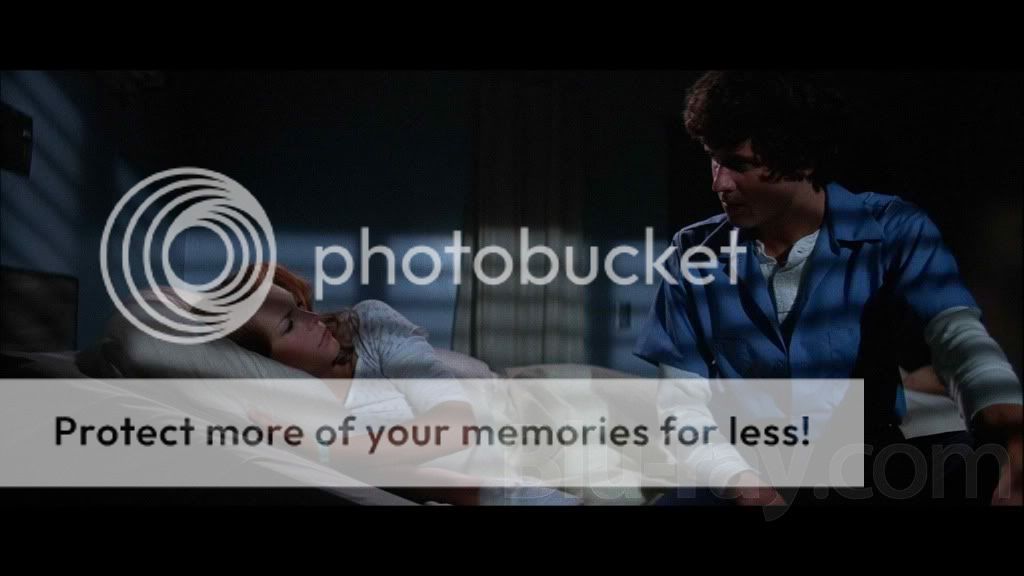
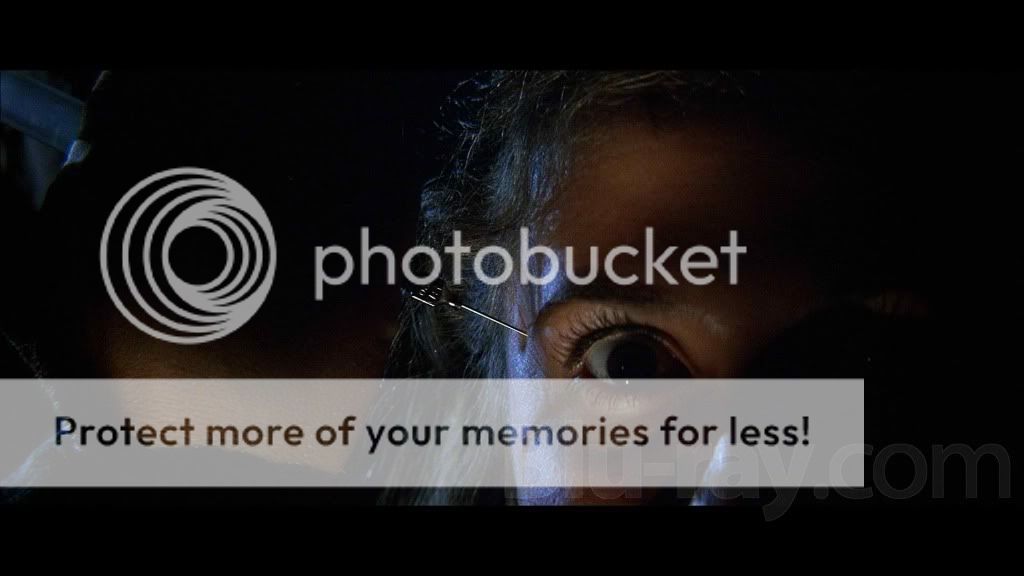
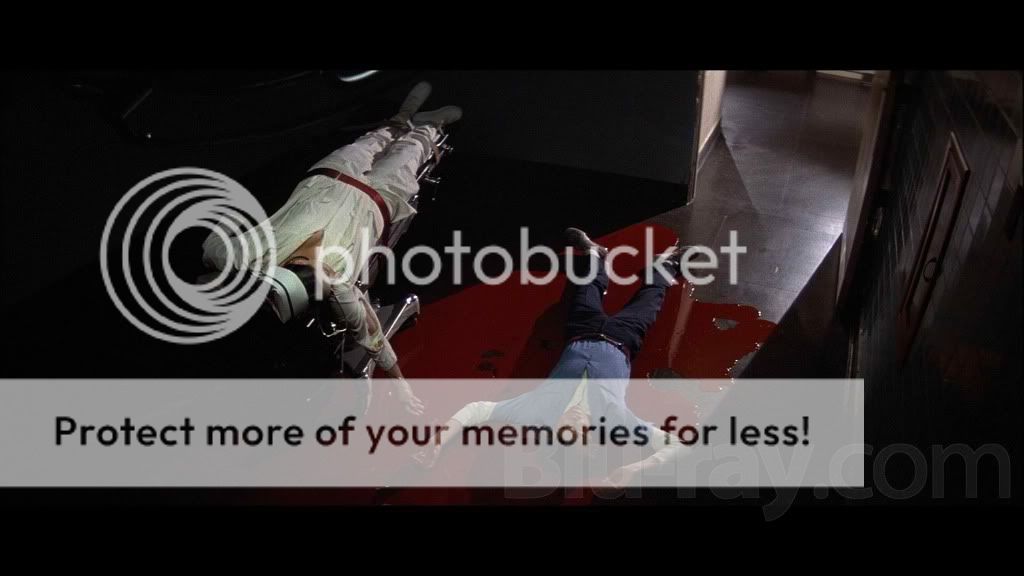
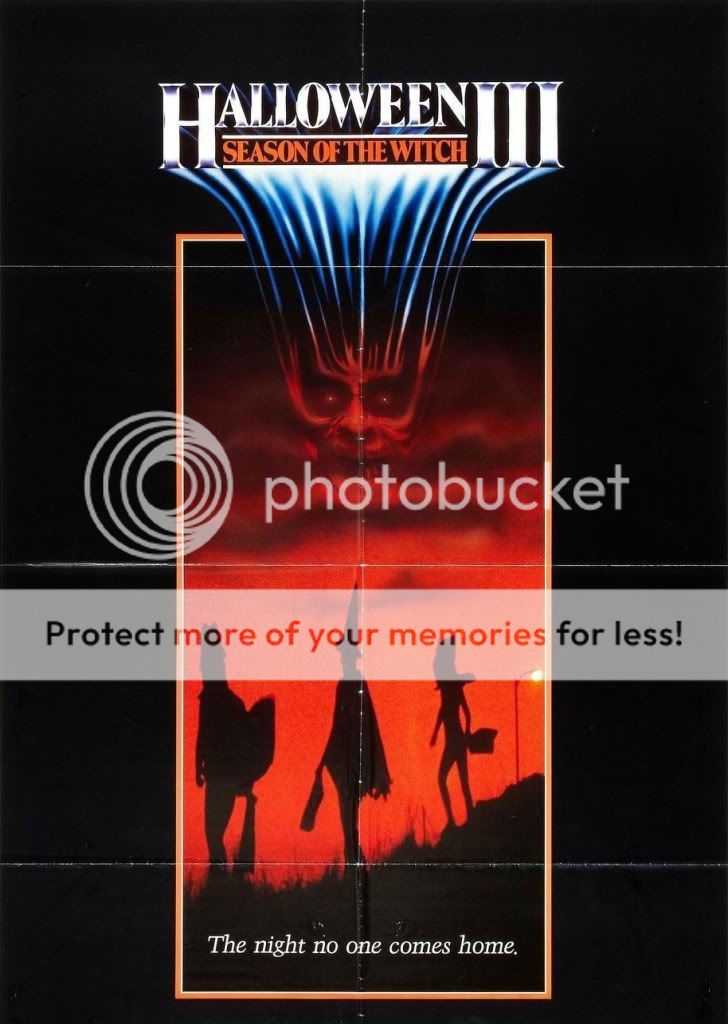
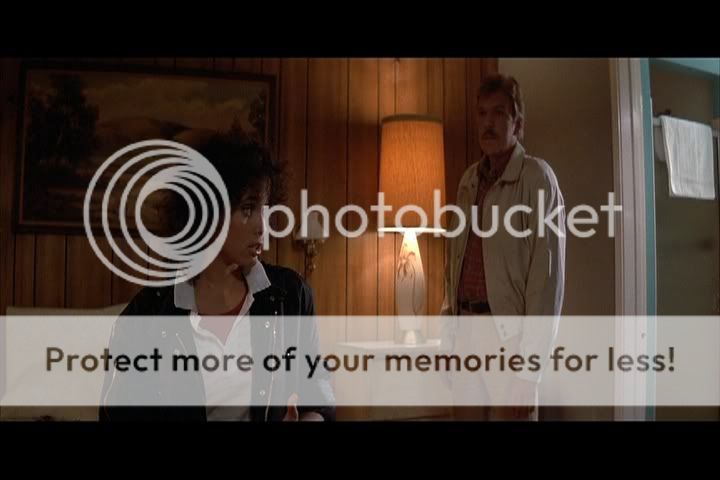

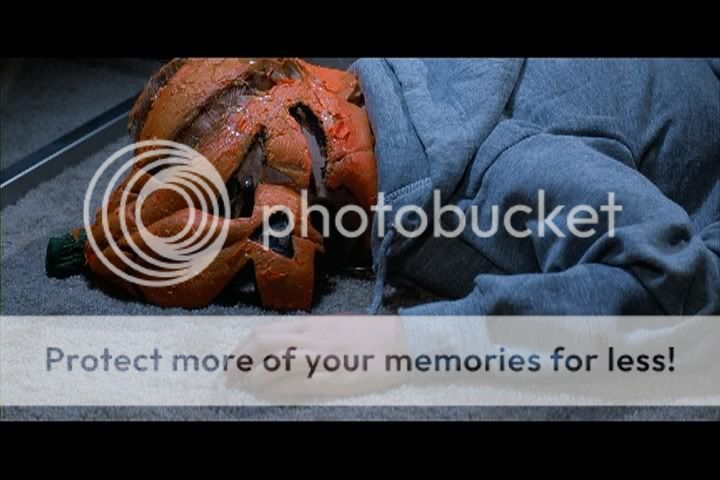
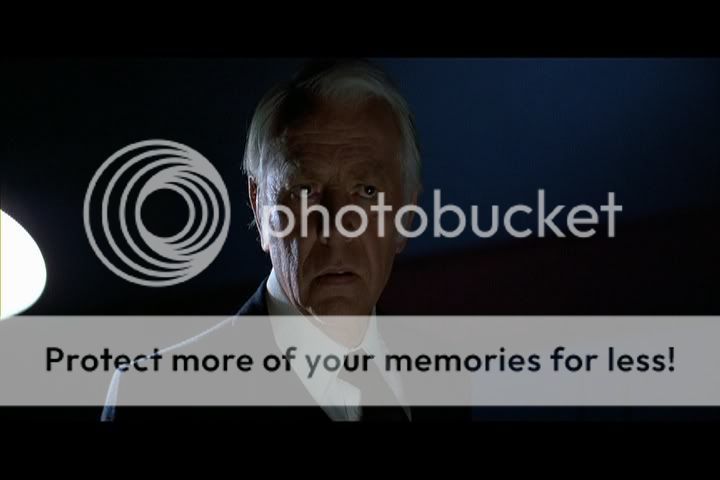
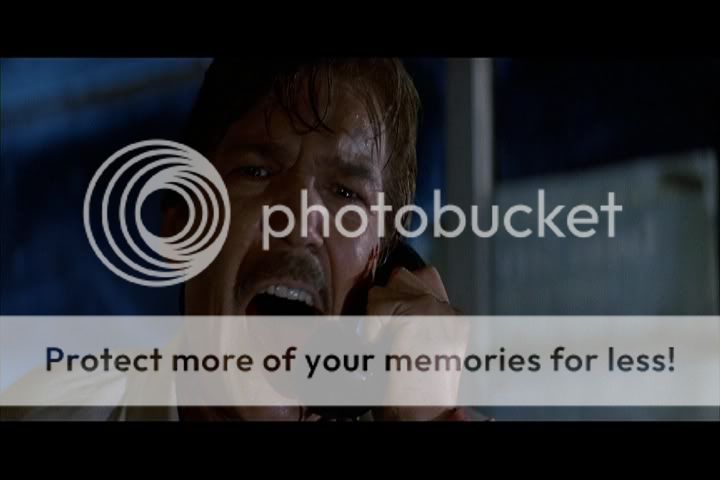


 smile:
smile:


